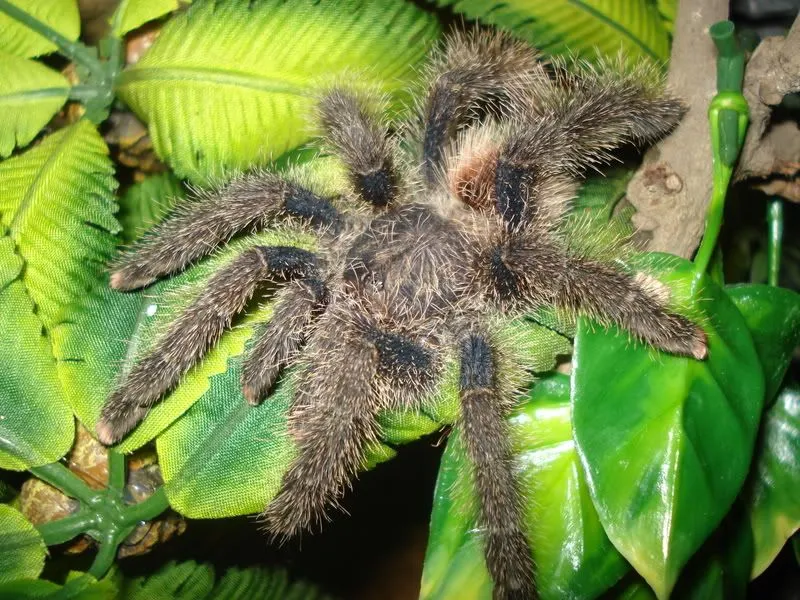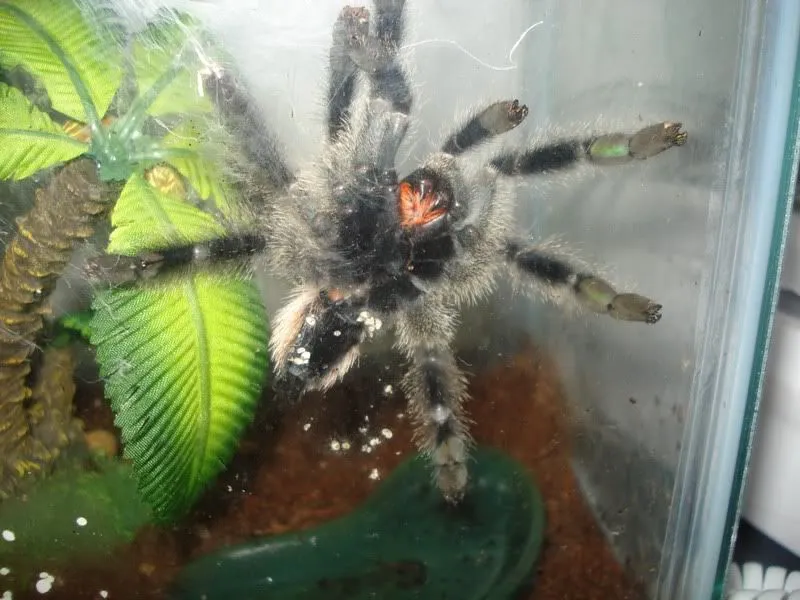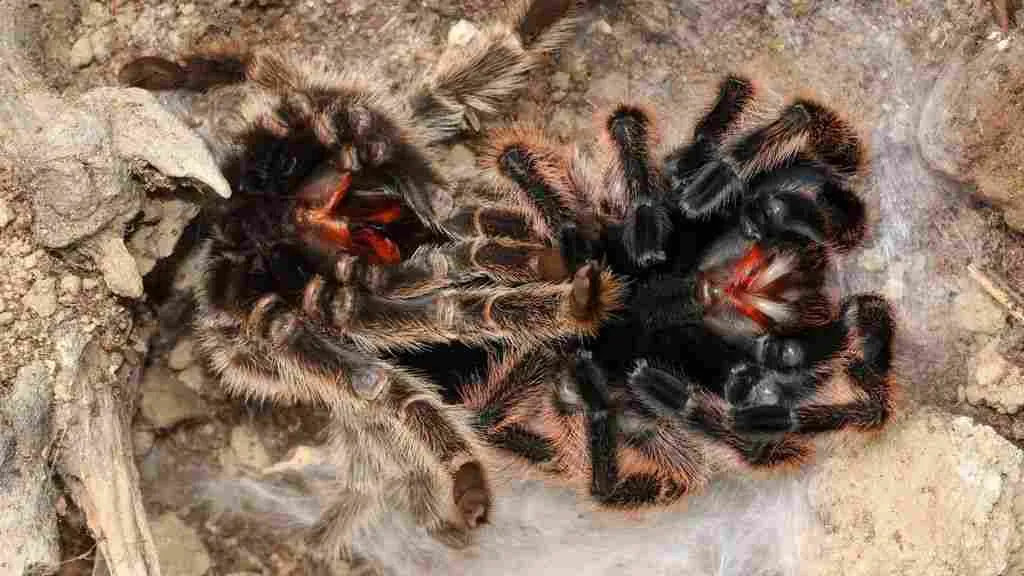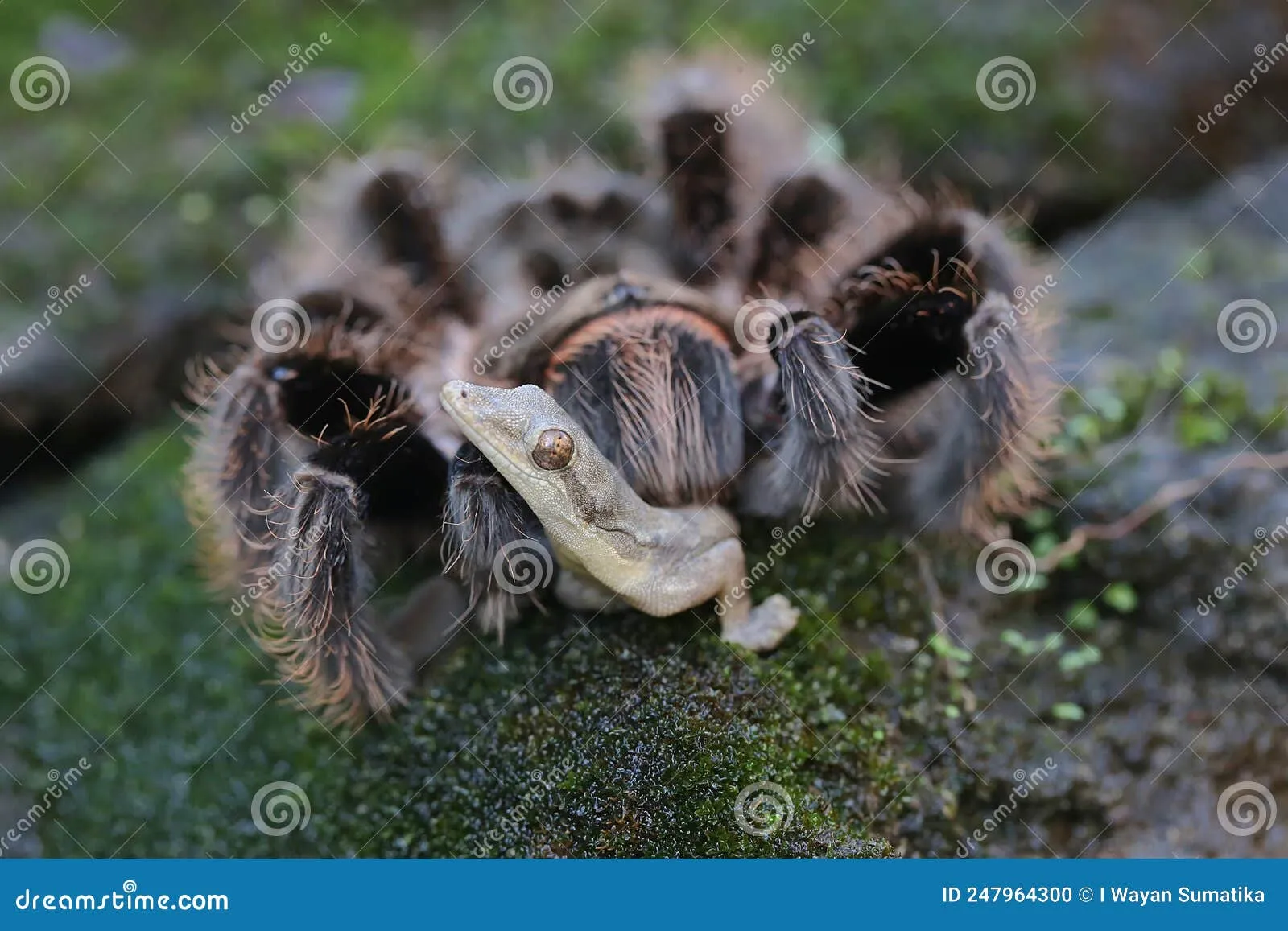Why Is My Pet Tarantula Not Eating?
Seeing your pet tarantula refuse food can be a worrying experience. Unlike many other pets, tarantulas have unique needs and behaviors that influence their eating habits. Several factors can contribute to a tarantula’s loss of appetite, ranging from environmental conditions to natural biological processes. This article explores the five most common reasons why your pet tarantula might not be eating, providing insights and solutions to help you ensure your arachnid companion stays healthy and thrives. Understanding these underlying causes is the first step in addressing the problem and ensuring your tarantula gets the nutrition it needs. This guide provides practical advice and actionable steps to help you identify and resolve issues, ensuring your tarantula’s well-being.
Temperature and Humidity Issues
Temperature and humidity are crucial environmental factors that significantly impact a tarantula’s appetite and overall health. Tarantulas are ectothermic creatures, meaning they rely on external sources to regulate their body temperature. If the temperature in their enclosure is too low, their metabolism slows down, reducing their need for food. Similarly, if the humidity levels are not within the ideal range, it can lead to dehydration or other health issues that affect their willingness to eat. Monitoring and maintaining the correct temperature and humidity levels are fundamental to tarantula care, and these conditions directly affect their ability to digest food and maintain proper bodily functions. The appropriate environment supports the tarantula’s natural behaviors and ensures that it feels secure and comfortable, which are essential for a healthy appetite.
Ideal Temperature for Tarantulas

The ideal temperature for most pet tarantulas typically ranges from 75°F to 85°F (24°C to 29°C). Different species may have slightly varying temperature preferences, so researching the specific needs of your tarantula species is essential. Using a reliable thermometer is crucial for monitoring the temperature within the enclosure, placing it in a location that accurately reflects the environment. Avoid placing the enclosure near drafts, direct sunlight, or heat sources, as these can cause temperature fluctuations. Consider using a heat mat or a ceramic heat emitter for supplemental heating, ensuring it is regulated with a thermostat to prevent overheating. Proper temperature management helps ensure your tarantula’s metabolic functions are optimal, supporting their appetite and overall health.
Maintaining Proper Humidity Levels
Humidity is just as important as temperature. Most tarantulas thrive in humidity levels between 60% and 80%, although this can vary by species. Regular misting with dechlorinated water is often necessary to maintain the correct humidity levels. Use a hygrometer to monitor the humidity within the enclosure, ensuring it stays within the ideal range. The substrate used in the enclosure also plays a significant role in regulating humidity; substrates like coconut fiber or peat moss are excellent at retaining moisture. Ventilation is also important, as it helps prevent mold growth while still allowing the enclosure to maintain adequate humidity. Adjust your misting schedule based on the humidity readings and the specific needs of your tarantula species to ensure it has a comfortable and healthy environment.
Molting Cycle Impact
Molting is a natural process where tarantulas shed their exoskeleton to grow. During this time, they typically stop eating, conserving energy for the molting process. The duration of the pre-molt period can vary depending on the tarantula’s age, species, and overall health. Recognizing the signs of an impending molt is crucial to avoid unnecessary worry. Providing a stress-free environment during this period is essential to support your tarantula’s natural processes. Do not disturb or handle your tarantula during molting or the pre-molt phase, as this can disrupt the process and potentially harm the spider. After molting, the tarantula may take some time to regain its appetite as its new exoskeleton hardens. Patience and observation are key during this phase.
Signs Your Tarantula Is Preparing to Molt

Several telltale signs can indicate that your tarantula is preparing to molt. One of the most obvious is a loss of appetite, sometimes lasting for several weeks or even months in older tarantulas. The tarantula may also become less active, spending more time in a secluded area. The abdomen may appear darker or shiny, and the spider might start to construct a web mat or retreat to a burrow. Additionally, you might notice the tarantula’s abdomen becoming plumper as it prepares to shed its exoskeleton. Recognizing these behaviors allows you to prepare for the molting process and avoid offering food, which the tarantula will likely refuse. Observing these signs will help you to support your tarantula during this critical period.
How to Support Your Tarantula During Molting
During molting, providing a safe and undisturbed environment is the best support you can offer. Keep the enclosure clean and free from any potential hazards. Ensure that the humidity levels are appropriate to prevent the exoskeleton from drying out. Avoid handling or disturbing your tarantula during this period. If your tarantula molts upside down, do not attempt to help unless absolutely necessary, as this could cause injury. Once the molt is complete, wait a few days for the tarantula’s new exoskeleton to harden before offering food. Patience is key; allow your tarantula to recover at its own pace, and avoid any unnecessary stress that could hinder the process.
Prey Size and Type Concerns
The type and size of prey you offer your tarantula can significantly influence its eating habits. Providing inappropriate prey can lead to a refusal to eat. Tarantulas have specific preferences and needs concerning their diet, so understanding these preferences is essential for maintaining a healthy appetite. Selecting the right prey helps ensure your tarantula receives the necessary nutrients while avoiding potential problems. The size of the prey should be appropriate for the tarantula; otherwise, it might not be able to consume it or feel threatened. Offering a variety of insects can also stimulate their appetite. A balanced diet promotes overall well-being.
Choosing the Right Prey for Your Tarantula

Crickets, mealworms, and dubia roaches are popular choices for feeding pet tarantulas. However, it’s essential to vary the diet to ensure your tarantula receives a range of nutrients. Avoid feeding wild-caught insects, as they may carry parasites or pesticides that could harm your tarantula. Gut-load your feeder insects with nutritious food items like fruits, vegetables, and commercial insect food before feeding them to your tarantula. This ensures that the prey is packed with essential vitamins and minerals, benefiting your spider. Consider offering different prey types to see which ones your tarantula prefers, as individual preferences can vary among tarantulas. A well-rounded diet contributes to overall health and can encourage better eating habits.
Prey Size Guidelines
A general guideline is to offer prey no larger than the size of your tarantula’s abdomen. Overly large prey can stress your tarantula, while prey that is too small may not provide adequate nutrition. For spiderlings, smaller prey items such as pinhead crickets or small fruit flies are appropriate. As your tarantula grows, gradually increase the size of the prey accordingly. Remove any uneaten prey within 24 hours, as they can stress your tarantula or even pose a threat during molting. Adjust the feeding frequency based on the tarantula’s age and growth stage; younger tarantulas require more frequent feeding than adults. Monitoring the size and type of prey is essential for optimal health and helps in maintaining a consistent eating pattern.
Stress and Environmental Factors
Stress can significantly impact a tarantula’s appetite and overall well-being. Tarantulas are sensitive creatures, and various environmental factors can cause stress. This stress can lead to a decreased interest in food or a complete refusal to eat. Providing a calm, secure environment is essential to minimize stress and encourage healthy eating habits. By understanding and addressing common stressors, you can create a more comfortable habitat for your pet, promoting its health and longevity. A well-managed environment reduces anxiety and helps your tarantula feel safe, which encourages normal behaviors such as feeding.
Minimizing Stress in Your Tarantula’s Habitat

To minimize stress, place the enclosure in a quiet area away from excessive noise, vibrations, and direct sunlight. Avoid frequent handling, as tarantulas do not enjoy being handled and this can be a significant stressor. Provide ample hiding places, such as cork bark, artificial plants, or secure burrows. Ensure the enclosure is adequately sized for your tarantula to move around comfortably. Maintaining consistent temperature and humidity levels helps create a stable environment. Regular cleaning of the enclosure is essential, but avoid disturbing the tarantula unnecessarily during this process. A well-maintained, stable environment minimizes anxiety, which is critical for proper eating habits and overall health.
Common Environmental Stressors
Several environmental factors can stress tarantulas. Loud noises, such as those from televisions or other pets, can cause anxiety. Direct sunlight can overheat the enclosure, and excessive vibrations can be unsettling. The presence of other animals, including other tarantulas (unless housed in a species that allows for cohabitation), can also induce stress. Inappropriate enclosure size or a lack of hiding places are also common stressors. Poor ventilation can lead to a build-up of harmful gases or mold, which can affect your tarantula’s health. Regular monitoring and adjustment of these environmental factors will contribute to a more stress-free environment, supporting your tarantula’s well-being and encouraging it to eat.
Illness or Parasites
While relatively hardy, tarantulas can still suffer from illnesses or infestations of parasites, which can lead to a loss of appetite. If you’ve ruled out environmental and behavioral factors, it’s essential to consider potential health issues. Recognizing the signs of illness and knowing when to seek professional veterinary advice is critical for your tarantula’s health. Early detection and prompt treatment can prevent serious complications and ensure your pet receives the necessary care. Maintaining a clean and appropriate habitat helps reduce the risk of illness. A healthy environment and attentive care support your tarantula’s long-term well-being.
Identifying Signs of Illness in Tarantulas

Signs of illness in tarantulas can include lethargy, loss of appetite, and unusual behaviors. Other symptoms may include tremors, paralysis, or difficulty moving. A tarantula may appear weak or have a shrunken abdomen. Look for unusual discharge, discoloration, or lesions on the body. If you notice these signs, it’s crucial to observe your tarantula closely for any further changes. Additionally, changes in the tarantula’s behavior, such as excessive hiding or a lack of responsiveness to stimuli, can indicate an underlying health issue. Identifying these signs early can improve the chances of successful treatment. It is important to consult a veterinarian familiar with arachnids if you have any concerns.
When to Consult a Veterinarian
If your tarantula exhibits signs of illness, such as those mentioned above, and the condition persists, consult a veterinarian experienced in treating arachnids. A qualified vet can perform a thorough examination, diagnose any underlying health issues, and recommend an appropriate course of treatment. Do not attempt to self-treat your tarantula, as this could cause more harm. Be prepared to provide information about your tarantula’s care, including enclosure setup, diet, and any recent changes. Early intervention and professional veterinary care can significantly improve the chances of your tarantula’s recovery and overall health. Your vet can provide the best advice tailored to your pet’s specific needs.
